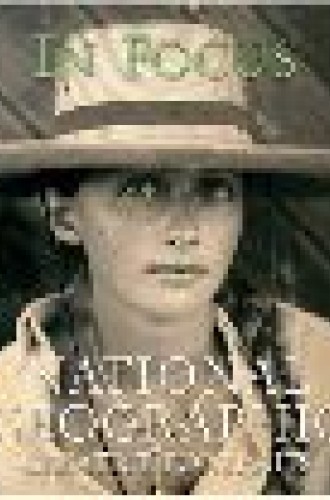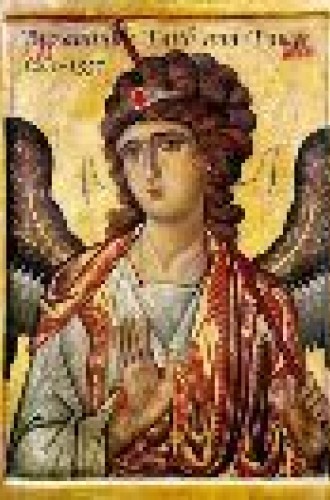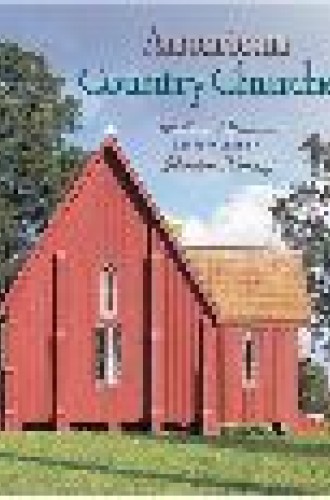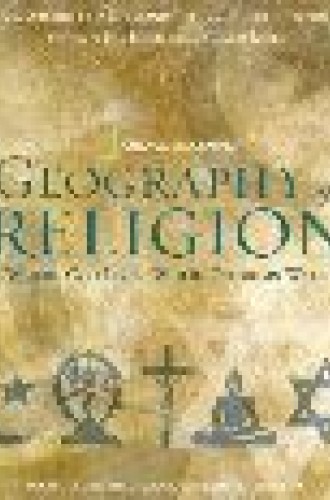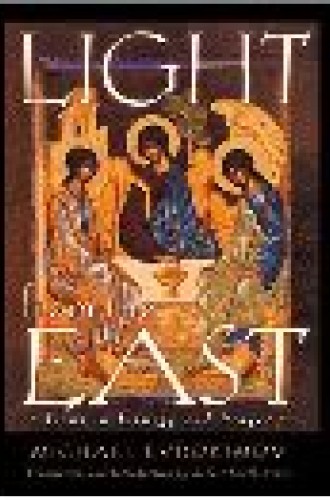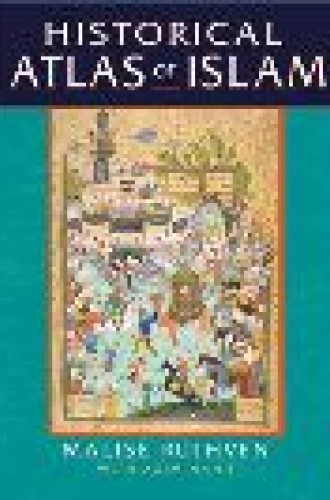CC recommends
Some might judge this collection of 280 portraits from the 100-year plus history of the National Geographic to be voyeuristic. The photos probably say as much about the editors, photographers—and subscribers—of the magazine as about the subjects themselves. Still, to stare into the eyes of the people in these portraits feels like looking into their souls. And though we know they are strangers, we feel connected to them—all part of the same human family.
This big—and heavy—compendium of Byzantium art contains 722 color illustrations, 141 black and white images, and three maps, with commentary. The third in a series of exhibitions of Byzantium art and culture at the Metropolitan Museum of Art, this volume focuses on the Late Byzantine period (1262-1557), after the recapture of the city of Constantinople, which was taken over in 1204 by the Latin West during the Fourth Crusade. Among the images reproduced are 40 magnificent icons from the Holy Monastery of Saint Catherine, along with icons from other locations.
Americans believe in the freedom of religion, and many like to wear religion on their “shirt sleeves,” contends Morgan. And the buildings churchpeople build are a vivid expression of faith in God, a telling sign of that which is important to them. This collection of color images of church exteriors and interiors includes simple and crude, as well as ornate and modern, structures representing communions as different as Quakers and the Russian Orthodox, or black Baptists and New England Congregationalists. (One of the most unusual is Mason Bend’s Alabama Community Center and Church, designed and built by architecture students using recycled materials, including glass from windshields of cars.) Browsers will be led to wonder about the generations of people who have worshiped in these places.
This book traces the history and spread of the five major religions: Hinduism, Buddhism, Judaism, Christianity and Islam. As might be expected in a book published by the National Geographic, the photography is outstanding; unfortunately, there are few maps even though the volume purports to be about the geography of religion. The book has an introduction by Anglican Archbishop Desmond Tutu and his daughter Mpho, who is also an Anglican priest, and an epilogue by the Dalai Lama, demonstrating the authors’ claim that a requirement for world peace is a better understanding and tolerance among the world’s religions. The Tutus note that religion is capable of creating saints and breeding fanatics (both Mother Teresa and Adolf Hitler in the case of Christianity); and that knowledge of other religions and their practitioners need not undermine our own faith, but rather can deepen it as we’re challenged to examine its tenets more closely.
There was a time when most Protestants dismissed the Orthodox tradition of using icons for prayer, but with the renewed interest in spirituality and a postmodern fascination with images, such practices are now getting a second look. This book, written by a Russian Orthodox priest living in Paris and published by a Roman Catholic publisher, is designed to aid in the use of icons for worship. Part one includes icons for 12 feasts in the liturgical year as observed by the Orthodox (not all will be familiar or comfortable for Protestants), and part two contains the famous Rublov icon of the Trinity and aids for its use in prayer. Evdokimov comments on each icon, and provides a prayer for meditation on each.
The Historical Atlas of Islam is more than an atlas in the usual sense of the term. Besides an abundance of maps and other visuals, it provides an overview of the history of Islam, regionally organized, plus essays on numerous subjects. Recognizing the post-9/11 interest in Islam, the authors even take on the subject of Islam and terrorism, arguing with good reason that the war on terrorism seems to have an anti-Muslim bias. Regrettably, there’s no essay on women in Islam, nor are women even mentioned in the index.


